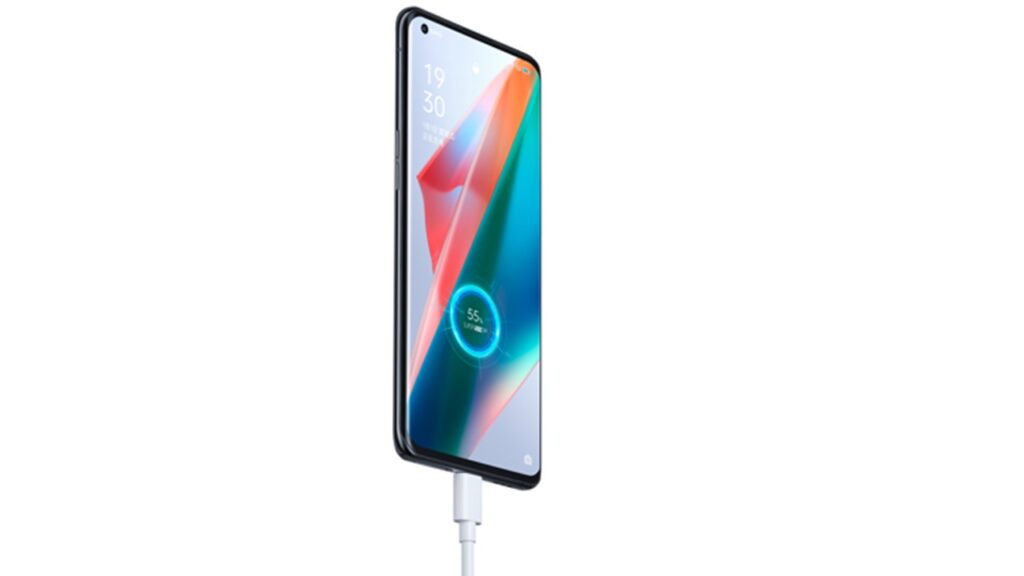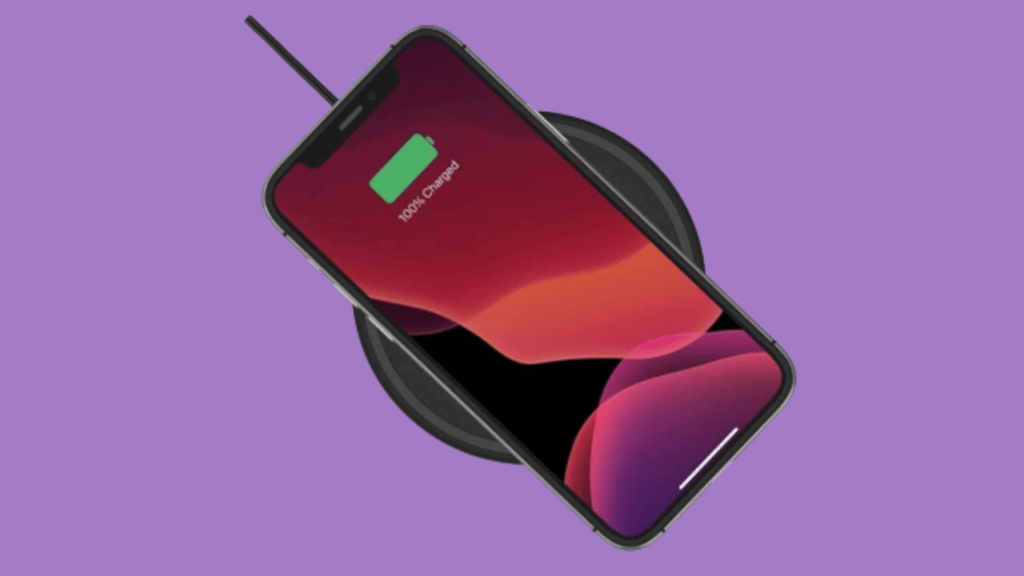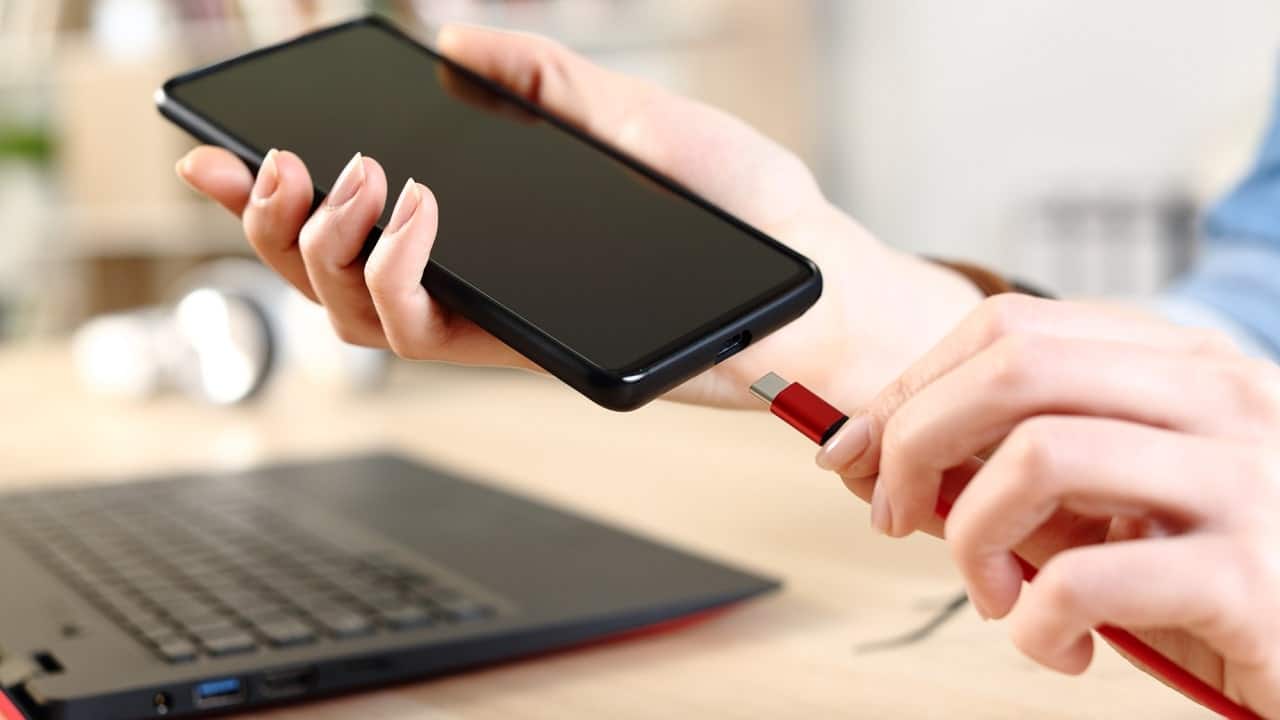The Battery life seems to get better with each new generation of smartphones. There are several devices that can stay away from the socket for a couple of days – not just the top of the range, on the contrary there are many cheap products that are champions of autonomy. But performance decreases over time, so much so that many change smartphones precisely because they can’t get to the end of the day without a power bank. Sometimes, the cause of the problems may be charging – so here it is 9 tips to improve the battery life of your smartphonebeing more careful as you reload it.
9 tips to improve the battery life of your smartphone
Your smartphone uses a lithium-ion battery, which offer many advantages over past technologies. But like any technology, they have limitations. There are therefore some habits that are harmful to the life of your battery, reducing the autonomy of your smartphone in the long run. Most smartphones will maintain up to 85% of its maximum range in the two years following launch, but after this period some devices may deteriorate faster. However, there are some small recommendations that can slow down this process.
Tips to extend the battery life of your phone
So here are some tips on what to do and what to avoid to keep your smartphone battery in good condition.
Avoid incompatible chargers
Always using a charger recommended or provided by the smartphone manufacturer could extend the life of your device. Especially if your phone supports fast charging. Yours smartphone and the charger are designed and tested togetherso they are more likely to work optimally.

Chargers from other manufacturers may also work great for your smartphone, but are best when recommended or certified by the manufacturer. Alternatively, Always check the datasheet of chargers to ensure compatibility.
Avoid fast charging if it’s not supported
Fast Charging is a great convenience. Writers regularly forget to charge their smartphone in time before leaving home and have often found salvation in fast charging. But if not handled well, the fast charging heats up the battery more than it should, which may affect battery life by increasing the oxidation rate of lithium ions.
Use fast charging only with a compatible charger. Alternatively, you can speed up charging by activating the mode Energy Saver or Airplane and leaving the phone idle while it’s charging.
Avoid over-discharging the battery…
You may have learned that it is always best to fully discharge the battery and then recharge it to 100% each time. But that was for the past generation of batteries for smartphones, that of lithium polymers.
With new devices, don’t let your phone’s battery drain completely. Excessive downloading causes a chemical imbalance within the battery, which is difficult to reverse. This imbalance shortens battery life and compromises its “health”. Also, if your smartphone turns off, don’t turn it on again before charging it.
… and avoid loading it too much

The same also applies to recharging: do not overdo it. Do not charge it overnight while you sleep. Excessive charging produces heat inside the battery which can cause a change in the composition of the electrolytes, as well as damage other electronic components of the device. Some smartphones have functionality to modulate the charging so as to charge the smartphone just before your alarm clock, solving this problem.
Avoid full charge-discharge cycles
The lithium-ion batteries used in smartphones offer optimum performance and can hold a charge at maximum capacity for an average of 400-500 charge/discharge cycles. In other words, if you use a smartphone for more than a couple of years, the battery capacity decreases.
However, carrying out complete charge and discharge cycles with this technology is counterproductive. So, to maximize the battery life of your smartphone, avoid full charge/discharge cycles. Indeed, better aim for one 80-85% battery charge as a maximum and recharging the smartphone when it drops below 20%-15%.
Close unnecessary apps, even while charging
Each app you open consumes its share of processing and memory usage. This creates a processing load on the phone that consumes current drawn from the battery. So, if you don’t use an app, it’s always best to close it. While charging, too many open apps may feel a little warm the smartphone, which adds to the heat due to recharging (especially if in Fast Charging). Better close them.
Don’t play games while your smartphone is charging
This is the “enhanced” version of the previous concept. Avoid playing games and using power-hungry apps while your smartphone is charging. Games and apps require processing power, uuse battery life and heat up the phone. This heat adds more heat to the charging process, which already heats up, risking damage to the smartphone’s battery and electronics.
Avoid extreme temperatures
Don’t let your phone get warm in the sun, near a stove or oven – it discharges faster in hot weather. This impacts the battery and electronics in the same way as overcharging or incompatible fast charging does. But extreme cold is also a problem: it can cause electrolytes to harden/freeze.
Better the dark mode and turn off the connections when not needed
Charging or not, the screen consumes a lot of battery, especially when it reproduces warm colors like white. Hold the lower brightness and enable dark mode to reduce battery consumption
The same goes for connections like Wi-Fi, mobile data and Bluetooth. Even more for the GPS geolocation. If you see a large consumption, try turning off the connections you don’t use. Who has a smartphone 5G but live in an area with poor coverage, it might switch to 4G default to increase battery life.
By following these tips, you could extend the life of your smartphone’s battery and improve performance, especially after the first two years. A choice that is good for both your wallet and the environment.















Leave a Reply
View Comments